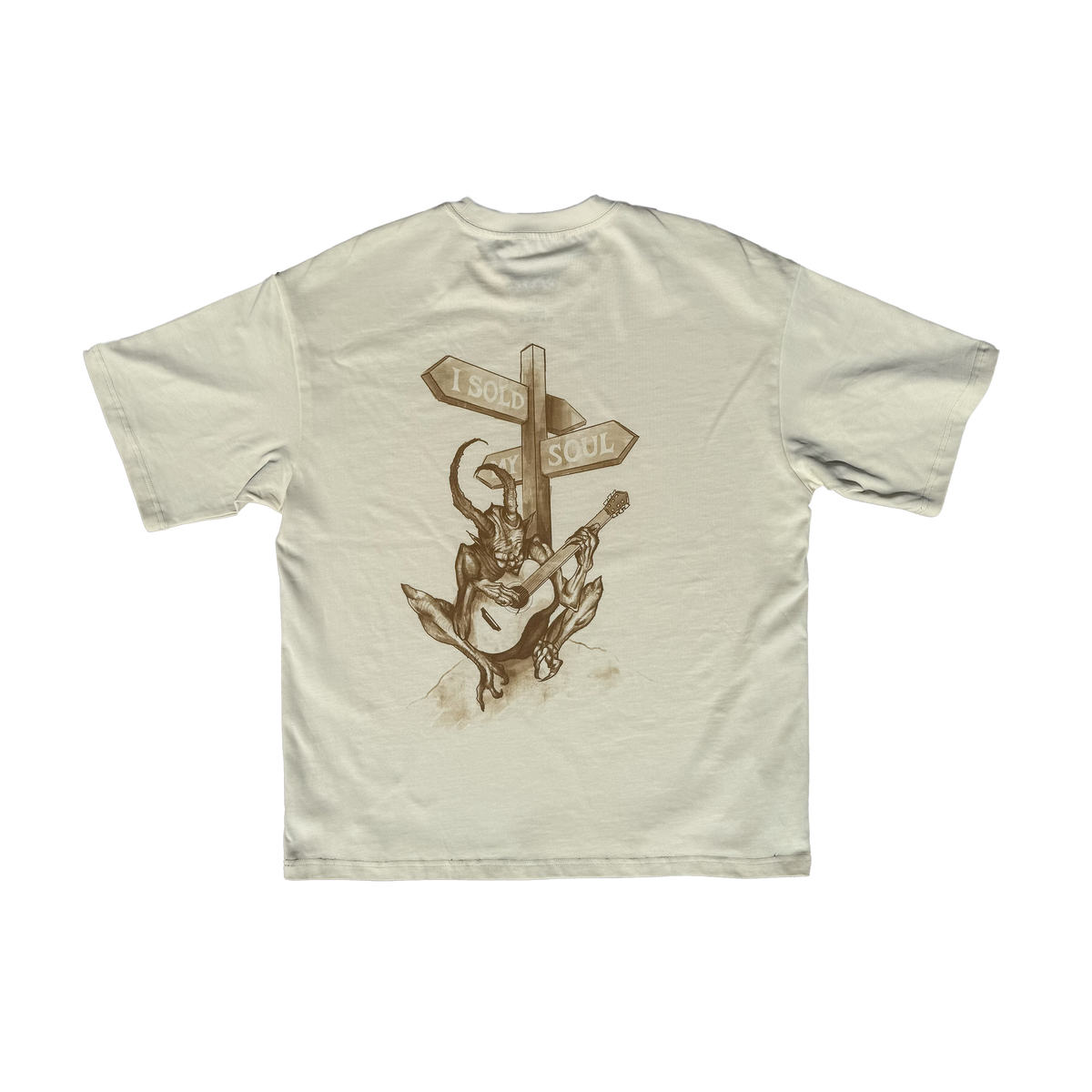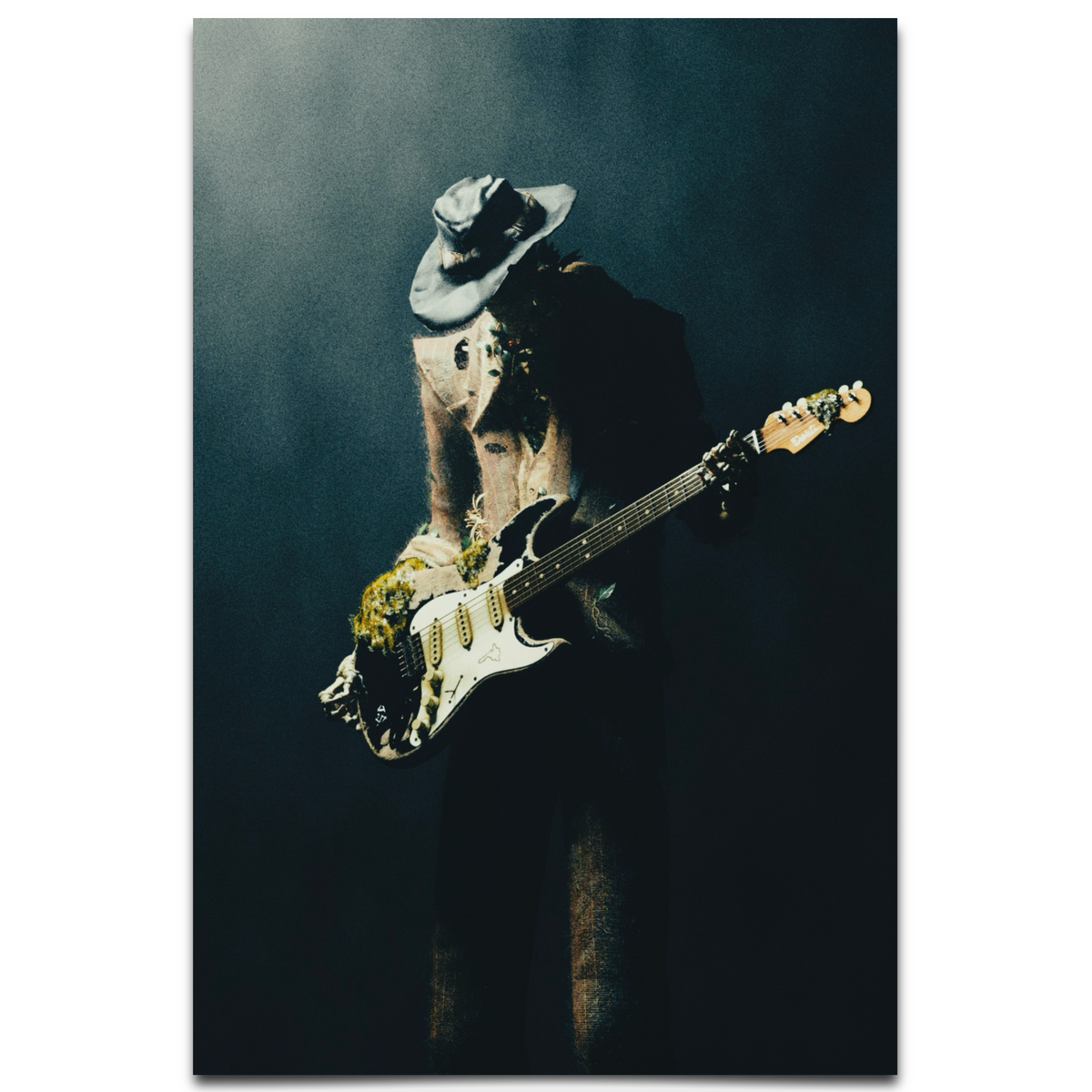If you’ve ever tinkered with the EQ settings on your guitar amp, you’ve probably noticed how small adjustments can make a big difference in your sound. But what exactly are these settings doing? Equalization (EQ) controls let you shape the tone of your guitar by boosting or cutting specific frequency ranges. Understanding how these settings work can help you dial in the perfect sound for your style, whether you’re playing blues, metal, or anything in between.
Most guitar amps come with at least three basic EQ knobs: Bass, Mid, and Treble. Each targets a different part of the sound spectrum, and adjusting them changes the character of your tone. Let’s break down what they do:
- Bass (Low Frequencies): This controls the lower end of the sound spectrum, typically below 250 Hz. Cranking the bass adds warmth and depth, making your tone thicker—great for genres like rock or jazz. But too much bass can make your sound muddy, especially with distortion, so balance is key.
- Mid (Midrange Frequencies): Covering roughly 250 Hz to 4 kHz, the midrange is where a lot of your guitar’s character lives. Boosting mids can make your tone punchier and more present, ideal for cutting through a band mix. Cutting mids, on the other hand, creates a “scooped” sound often used in metal for a more aggressive, hollow tone.
- Treble (High Frequencies): This handles the upper range, above 4 kHz, adding brightness and clarity. Turn it up for crisp, cutting tones perfect for clean playing or lead lines. Too much treble, though, can make your sound harsh or overly thin, so use it sparingly if you’re after warmth.
Some amps also include a Presence knob, which boosts ultra-high frequencies (above 6 kHz) to enhance clarity and attack. It’s subtle but can make your notes stand out, especially in a live setting. Experimenting with these controls together is the best way to understand their impact—there’s no “right” setting, just what sounds good to your ear.
Keep in mind that your guitar, pickups, and playing style also interact with these settings. A single-coil pickup, for example, might sound overly bright with high treble, while a humbucker might need a treble boost to avoid sounding dull. Room acoustics and amp placement can play a role too, so don’t be afraid to adjust on the fly. Start with all knobs at noon (the midway point) as a baseline, then tweak from there to sculpt your tone.
Mastering EQ on your amp is like seasoning a dish—it’s all about finding the right balance. With practice, you’ll get a feel for how each frequency shapes your sound, letting you craft tones that are uniquely yours.
























